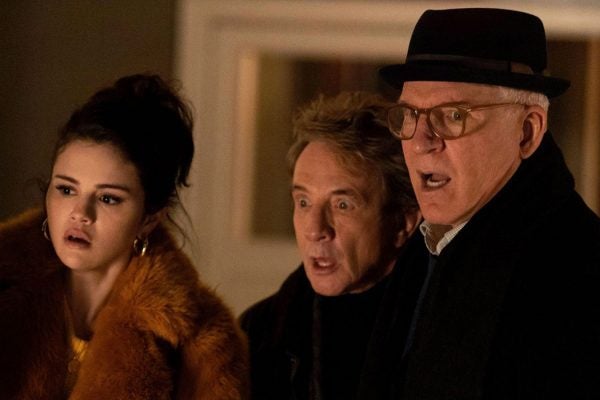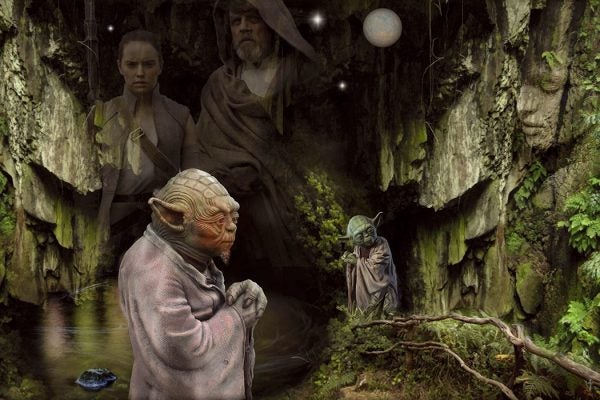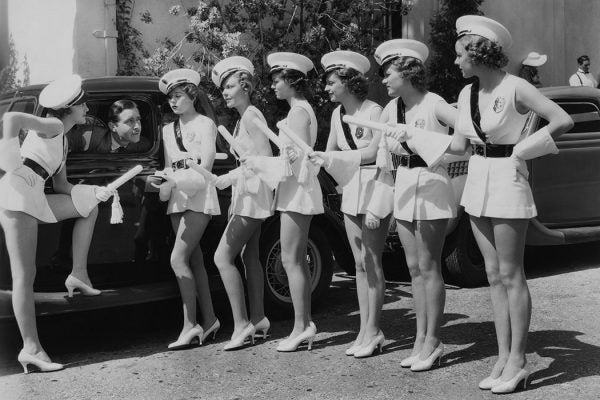The History of Postmortem Photography
Ever since the medium was invented, people have used photography to document loss.
Why James Bond Villains Prefer Post-Soviet Architecture
In No Time to Die, Bond blows up the villain’s post-Soviet missile silo—just as he does every other modernist building he encounters.
Why Mystery Fiction Is So Engaging
Tracking down the killer appeal of the hit show Only Murders in the Building.
Is Star Wars Cultural Appropriation?
Orientalism is alive and well in the wildly popular franchise, argues one scholar.
The Very Human Appeal of American Horror Story
The late author Joanna Russ had insights about why horror speaks to ordinary experiences and emotions.
The Real Appeal of Reality Stars
Reality shows bring "ordinary people" into our homes as entertainment, presenting celebrity to us "cafeteria-style."
Can Radio Really Educate?
In the 1920s, radio was an exciting new mass medium. It was known for providing entertainment, but educators wondered if it could also be used for education.
Making Eyes on the Prize
One of the most influential historical documentaries of all time almost didn't get made.
The Rise of Hollywood’s “Extra Girls”
They didn't have to do anything besides stand around and look pretty. At least, that was the myth the studios wanted the public to believe.









